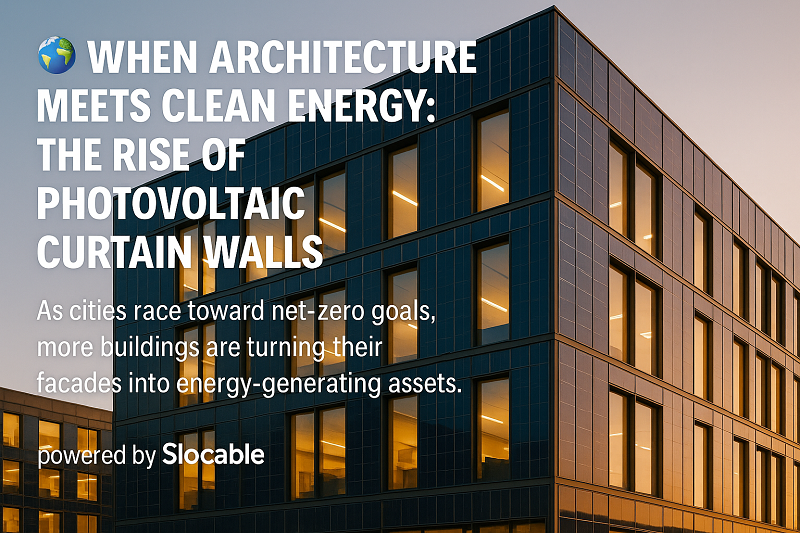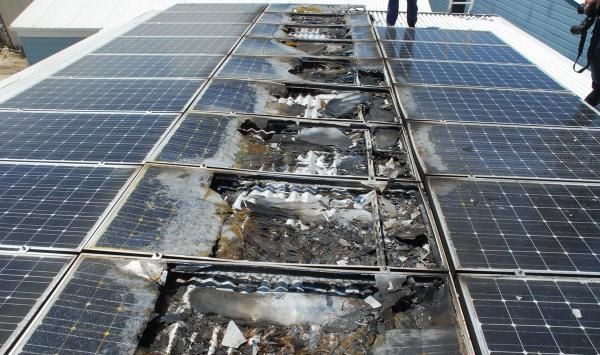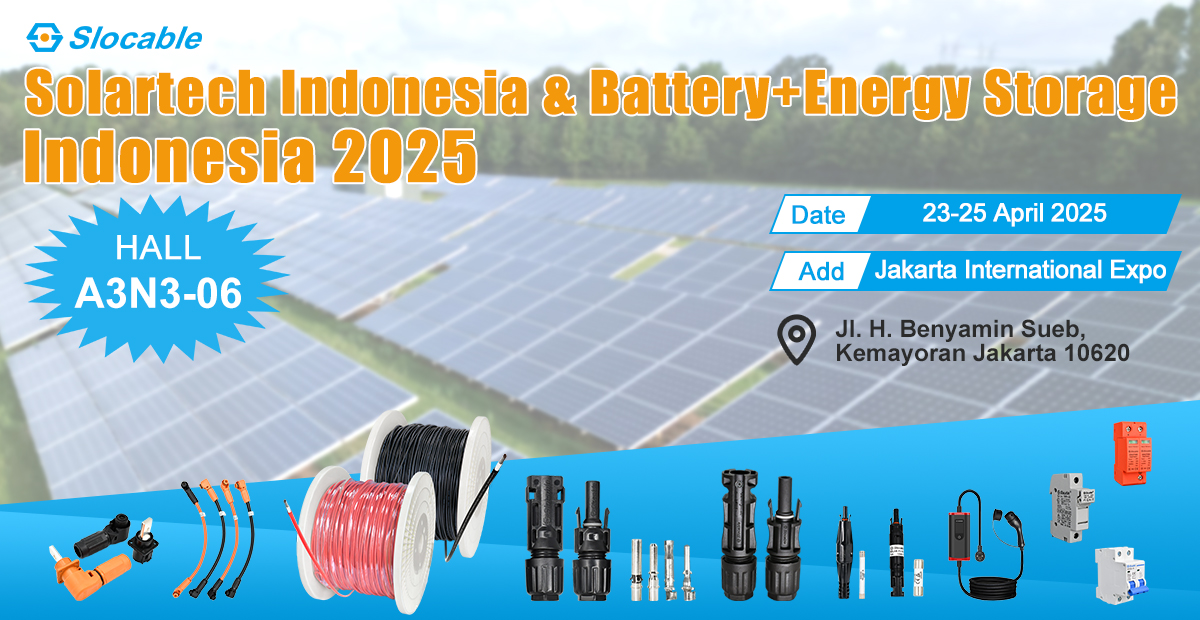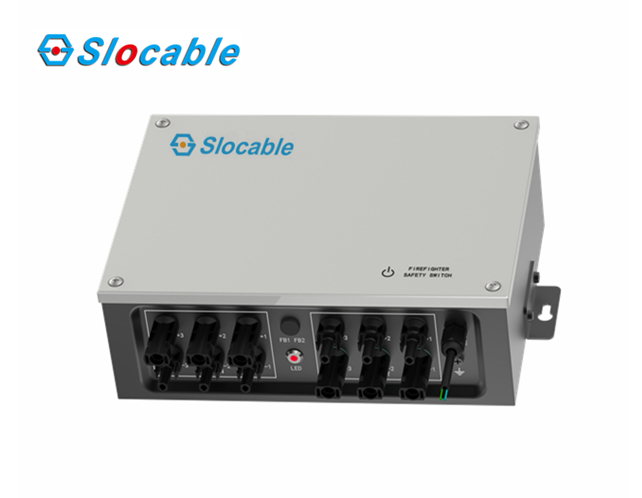—From the Slocable Engineering Team
Driven by the global trend toward carbon neutrality, architectural design and energy supply are undergoing a revolutionary transformation. In this transformation, photovoltaic curtain walls (also known as building-integrated photovoltaics (BIPV)) lead the industry with their unique advantages.
PV curtain walls embed solar panels directly into building facades, replacing traditional cladding materials like glass and stone. This transforms the building’s exterior into a clean energy generator, perfectly balancing aesthetic appeal with practical functionality.
Why are photovoltaic curtain walls so popular worldwide?
✅ Making the Most of Vertical Space
Major cities like New York, Tokyo, and London have limited rooftop resources but abundant vertical space. BIPV curtain wall technology cleverly solves this problem, achieving efficient power generation without requiring additional land, making it an ideal energy solution for high-density urban environments.
✅ Smart Energy, Higher Returns
Traditional rooftop photovoltaics typically reach their peak power output at midday, coinciding with low grid prices. However, east-west-facing curtain wall systems provide continuous power during peak morning and evening hours, perfectly matching the energy demand curve. This “load-aligned generation” approach is gaining popularity in energy-conscious markets like Europe and North America.
✅ A Perfect Combination of Sustainability and Aesthetics
Today, BIPV panels offer a variety of colors, transparencies, and shapes, allowing solar technology to be seamlessly integrated into architectural designs. Solar energy has evolved from an add-on feature to an integral part of modern architectural design.
As a company with 18 years of experience in photovoltaic manufacturing, Slocable is committed to providing global customers with high-quality solar cable and connector solutions that comply with international certifications such as TÜV, CE, and UL. Our BIPV solutions are trusted and recognized by numerous landmark architectural projects across Europe, the Middle East, and the Asia Pacific.
The future of solar energy is no longer confined to rooftops; it is now quietly creeping onto every building facade, reshaping urban skylines and injecting green energy into smart cities.















